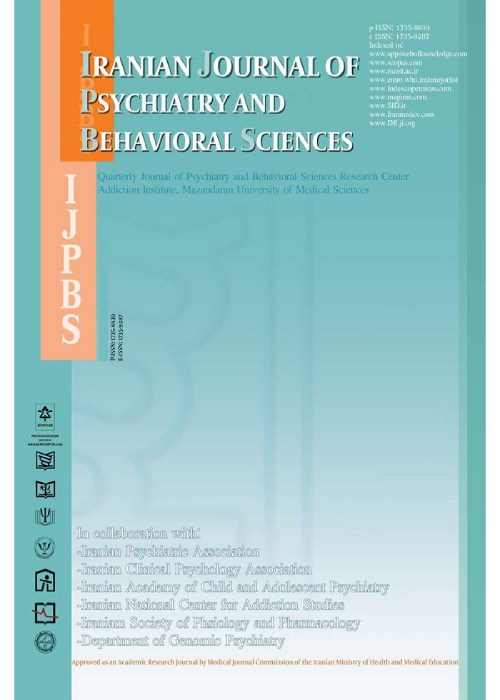Network Analysis for Predicting Treatment Response in Patients with Obsessive-Compulsive Disorder
High resistance-to-treatment rates in obsessive-compulsive disorder (OCD) and various treatments remain significant obstacles to psychiatric disorder treatments.
The current study used network analysis to predict treatment response by psychiatric symptoms in the contamination/cleaning and danger/checking OCD subtypes.
We evaluated 136 patients (mean age: 30.50 ± 5.25) who finished a 12-week selective serotonin reuptake inhibitor (SSRI) course. We used the convenience sampling method. All patients completed structured clinical interviews for the diagnostic and statistical manual of mental disorders, fifth edition research version (SCID-5-RV) at baseline and post-test. After treatment completion, the patients were categorized as responders and resistant according to their OCD severity scores (at the post-test). We used a network approach to determine the network structure of patients before and after the treatment. Network analysis was used by “the R programming language” to compare patterns of psychiatric symptoms. Additionally, we contrasted treatment-responsive patients’ network structure with treatment-resistant OCD patients in each subtype.
In baseline, dysthymia, insomnia, binge eating, agoraphobia, and panic were the most central (important) nodes in the danger/checking subtype. However, hoarding, ADHD, insomnia, depression, and panic were the most central nodes in the contamination/cleaning group at baseline. Also, global strength and symptom connectivity were higher in the contamination/cleaning subtype than in the danger/check subtype (P < 0.05). In the contamination/cleaning subtype, “insomnia” was the most significant predictor for categorizing patients as resistant at the post-test. For contamination/cleaning, panic and binge eating played similar roles in treatment outcomes.
Psychiatric symptoms can predict treatment responses in OCD subtypes. So, it is necessary to consider psychiatric comorbidities regarding OCD subtypes.
- حق عضویت دریافتی صرف حمایت از نشریات عضو و نگهداری، تکمیل و توسعه مگیران میشود.
- پرداخت حق اشتراک و دانلود مقالات اجازه بازنشر آن در سایر رسانههای چاپی و دیجیتال را به کاربر نمیدهد.


